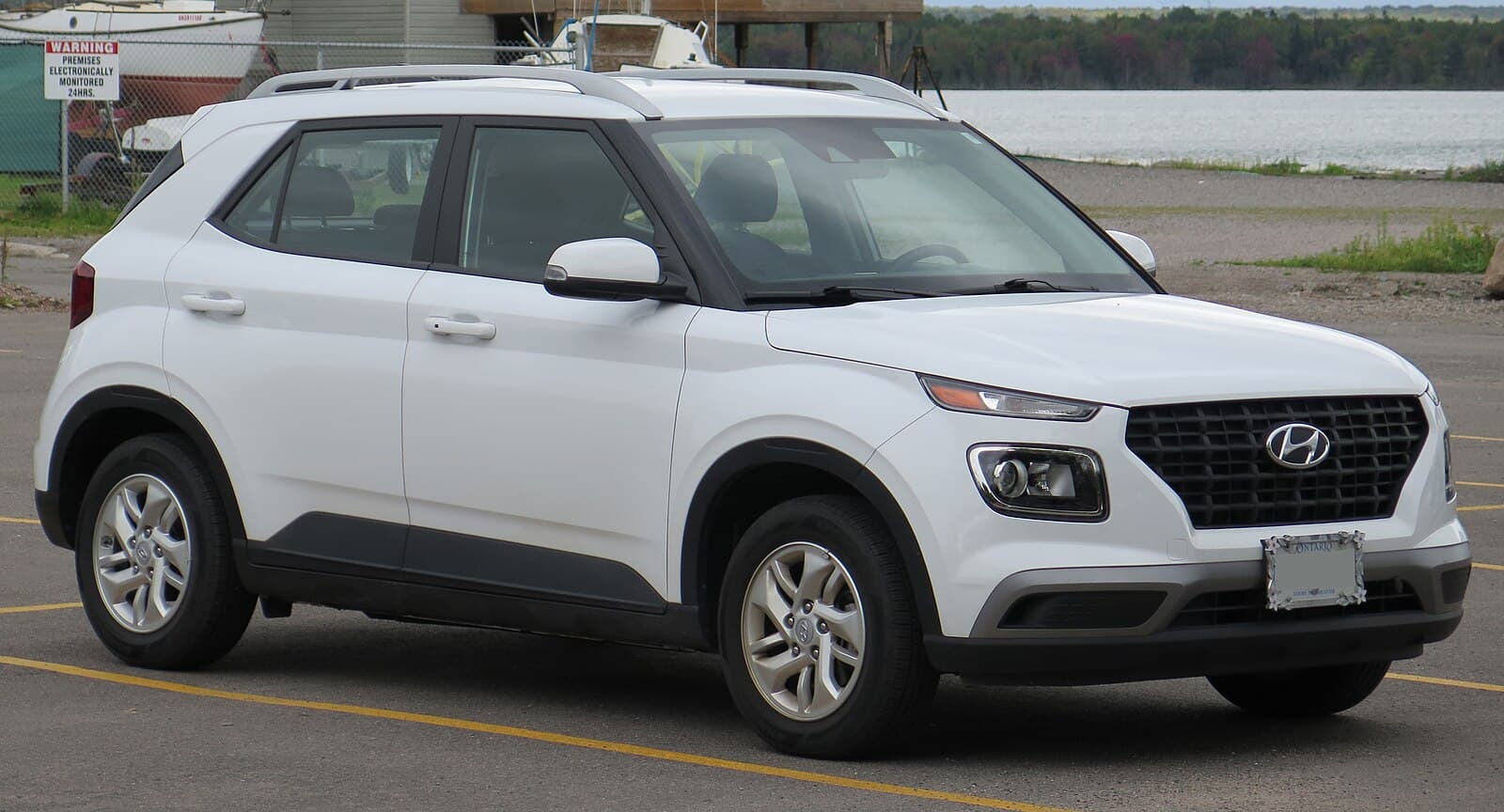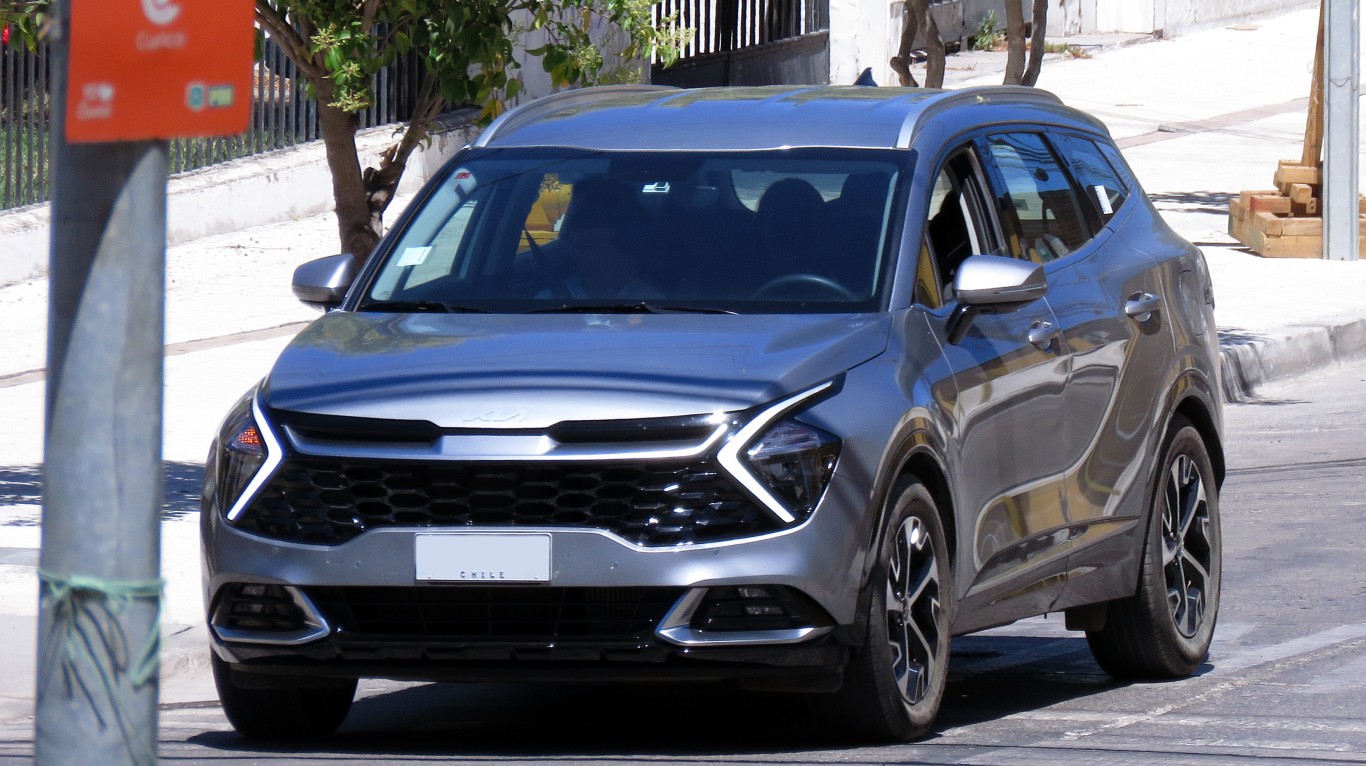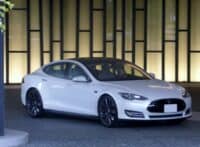
From rather humble beginnings half a century ago, SUVs now account for nearly half of global auto sales. Partly that’s due to how many vehicles are categorized as SUVs. According to the International Energy Agency, there were more than 400 EV models available in 2022, and 55% of those were SUVs.
In 2022, sales of SUVs increased by 3% year over year, and SUVs accounted for about 46% of global new car sales. For the first time last year, electric SUVs accounted for more than half of global EV sales.
SUVs’ demand for fuel rose by 500,000 barrels a day in 2022, while demand from conventional vehicles remained unchanged. Burning that additional fuel emitted an additional 70 million metric tons of carbon dioxide into the atmosphere. In total, the 330 million SUVs in the global fleet emitted nearly 1 billion metric tons of carbon dioxide in 2022.
What is an SUV?

The term “SUV” is an acronym for “sport utility vehicle.” That seems straightforward enough. But SUV describes a wide variety of vehicles that look different, have different capabilities, and are priced for a wide range of buyers.
The first use of SUV to describe a vehicle came in 1974 when Jeep advertised its Jeep Cherokee as an SUV. That vehicle used a body-on-frame design, the same manufacturing process used for pickup trucks.
In 1984, the Cherokee was built using a unibody design that incorporates the frame into the body. Unibody construction, where the frame is part of the body, is used to build passenger vehicles. These vehicles, sometimes called “crossovers,” are lighter and have better handling than body-on-frame vehicles. Most modern SUVs and crossovers are unibody vehicles. The exceptions are the large SUVs that are typically built on pickup frames.
Types of SUVs

According to automobile shopping site Edmunds.com, there are 15 different types of SUVs. We’ve gathered Edmunds’s 15 types into 6 broad categories: x-small and small SUVs, midsize SUVs, large SUVs, performance SUVs, and electric SUVs.
Within each category, we’ll use the different types, mileage ranges, and overall ratings as specified by Edmunds. Unless otherwise noted, prices apply to base-level 2024 models as specified by Edmunds.
X-small SUVs

Another common name for this class of SUV is subcompact. These are the smallest and least expensive of any of the SUVs. All are built with unibody construction and come with front-wheel drive. Subcompacts have the best fuel economy of all SUVs. No surprise there.
Hyundai Venue
- Type: X-small, 2-row seating
- Base price: $19,800
- Combined city/highway MPG: 31
- Edmunds rating: 7.4 out of 10 (11th overall in category)
Mini Countryman
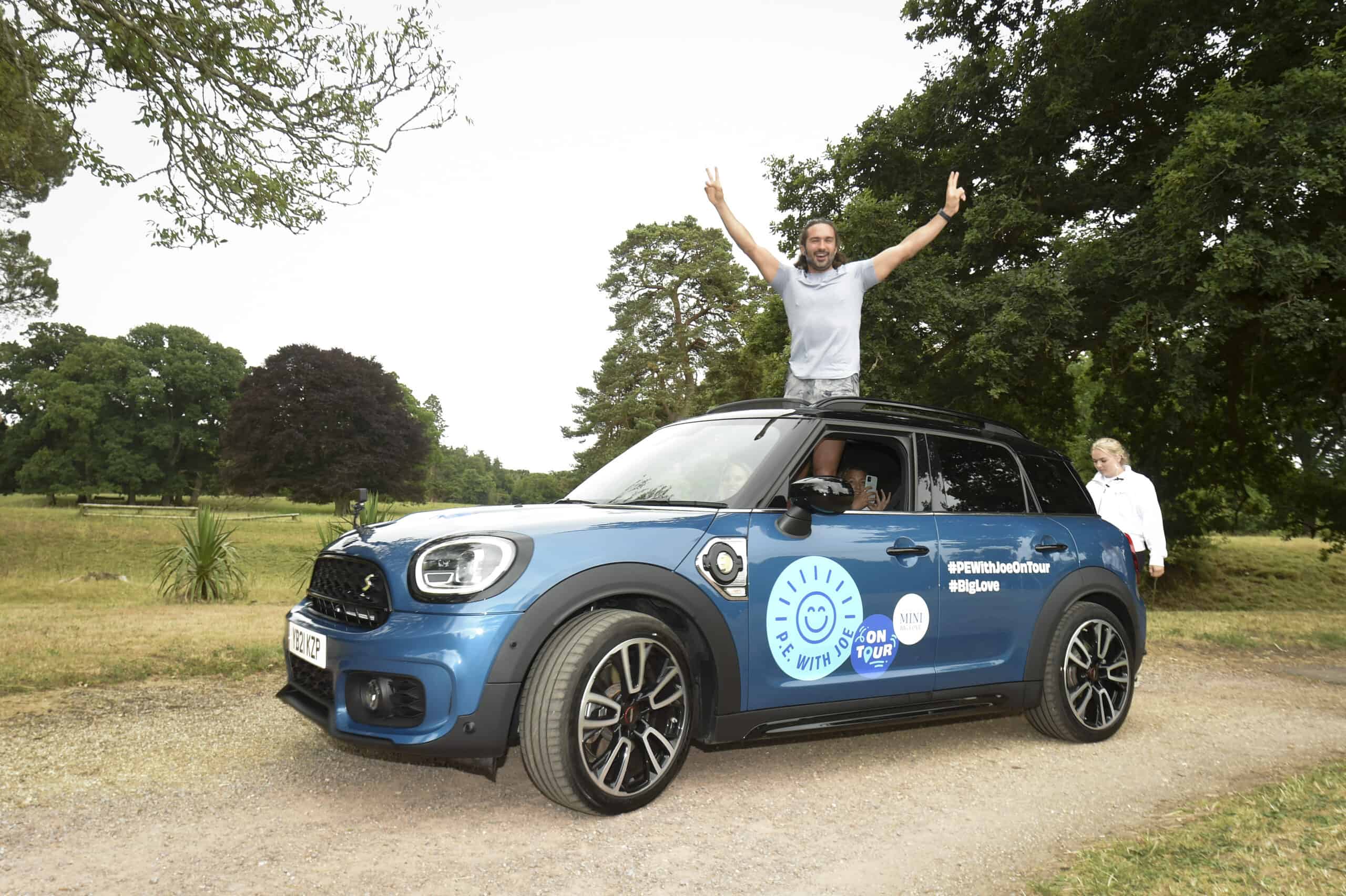
- Type: X-small luxury
- Base price: $32,650
- Combined city/highway MPG: 26-29
- Edmunds rating: 7.8 out of 10 (6th overall in category)
Small SUVs

These vehicles are often called compact SUVs and are somewhat larger than the x-small (subcompact) models. Most are hatchback crossovers (unibody construction). All have more interior space than small sedans. Gas mileage is still quite good and many offer all-wheel drive (AWD) as an option. Two-row seating is standard and three-row seating is available on some models.
Kia Sportage
- Type: Small, 2-row seating
- Base price: $28,415
- Combined city/highway MPG: 25-28
- Edmunds rating: 7.9 out of 10 (5th overall in category)
Mitsubishi Outlander
- Type: Small, 3-row seating
- Base price: $29,840
- Combined city/highway MPG: 26-27
- Edmunds rating: 7.9 out of 10 (2nd overall in category)
Infiniti QX50

- Type: Small luxury
- Base price: $42,045
- Combined city/highway MPG: 25-26
- Edmunds rating: 7.4 out of 10 (10th overall in category)
Midsize SUVs

Midsize SUVs may hit the sweet spot between economy and capability. Most offer AWD along with a choice of engine sizes. Two-row seating is standard and three-row seating is available. Fuel economy runs from very good to awful. Most are built with unibody construction.
Subaru Outback

- Type: Midsize, 2-row seating
- Base price: $30,240
- Combined city/highway MPG: 23-28
- Edmunds rating: 7.9 out of 10 (2nd overall in category)
Nissan Pathfinder
- Type: Midsize, 3-row seating
- Base price: $37,175
- Combined city/highway MPG: 21-23
- Edmunds rating: 7.7 out of 10 (10th overall in category)
Cadillac XT5

- Type: Midsize luxury, 2-row seating
- Base price: $45,290
- Combined city/highway MPG: 21-24
- Edmunds rating: 7.4 out of 10 (10th overall in category)
Cadillac XT6

- Type: Midsize, luxury, 3-row seating
- Base price: $50,190
- Combined city/highway MPG: 21-23
- Edmunds rating: 7.3 out of 10 (6th overall in category)
Large SUVs

Large (aka, full-size) SUVs retain the honor of being the defining SUV. Most are built on pickup truck frames, but higher-end models use unibody construction to give a better ride. These vehicles are available with a variety of engines, from big to bigger, and fuel mileage is much lower than in the midsize SUVs. The number of options available with these vehicles is nearly endless.
Nissan Armada
- Type: Large SUV
- Base price: $57,345
- Combined city/highway MPG: 15-16
- Edmunds rating: 7.1 out of 10 (6th overall in category)
Land Rover Defender 130
- Type: Large luxury
- Base price: $70,575
- Combined city/highway MPG: 16-18
- Edmunds rating: 7.9 out of 10 (5th overall in category)
Land Rover Range Rover

- Type: Super luxury
- Base price: $108,875
- Combined city/highway MPG: 18-20
- Edmunds rating: 8.1 out of 10 (3rd overall in category)
Performance SUVs
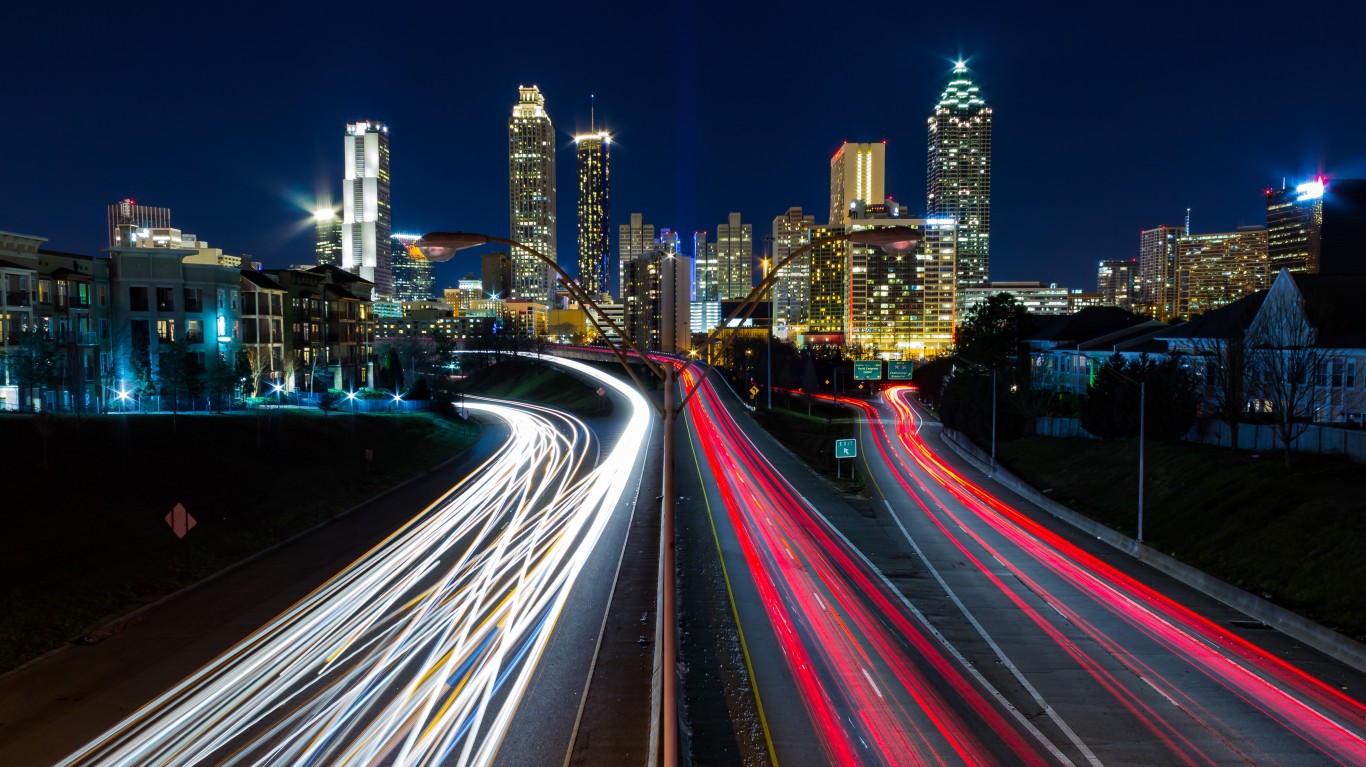
When applied to an SUV, the term “performance” typically refers to acceleration and, to a lesser degree, handling. The winners here are with large, high-performance internal combustion engines or high-performance EVs. High performance comes at a steep price. The top -ranked Porsche Cayenne Turbo GT has a sticker price of $195,842.
Tesla Model Y Performance

- Type: Electric (small) performance SUVs
- Base price: $43,990 (2023 price)
- Edmunds range estimate: 263 miles
- Edmunds rating: 8.1 out of 10 (1st overall in category)
Acura MDX Type S
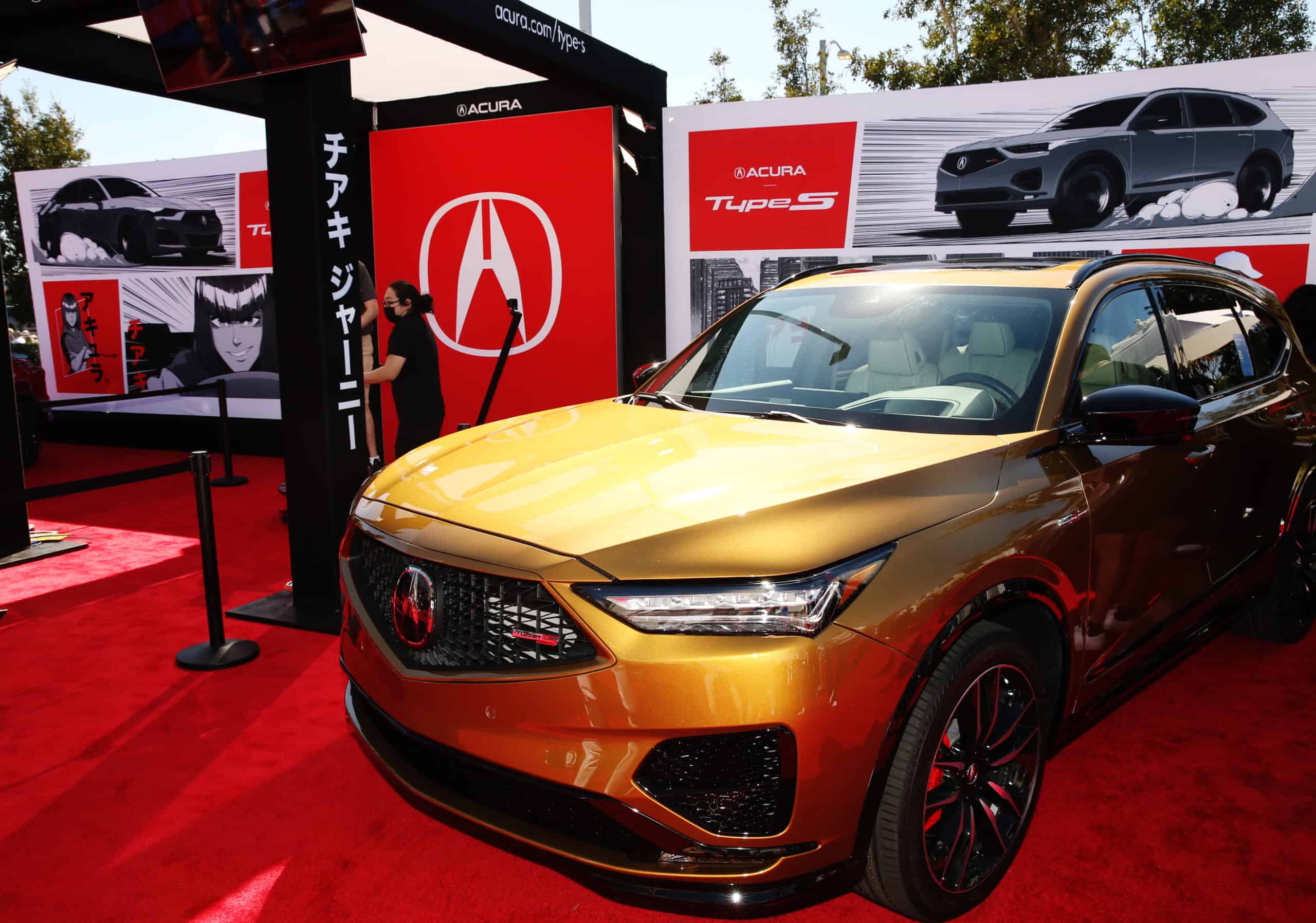
- Type: Midsize performance
- Base price: $69,345
- Combined city/highway MPG: 19
- Edmunds rating: 7.9 out of 10 (6th in category)
BMW XM

- Type: Large performance
- Base price: $159,995
- Combined city/highway MPG: 14
- Edmunds rating: 7.7 out of 10 (3rd in category)
Electric SUVs
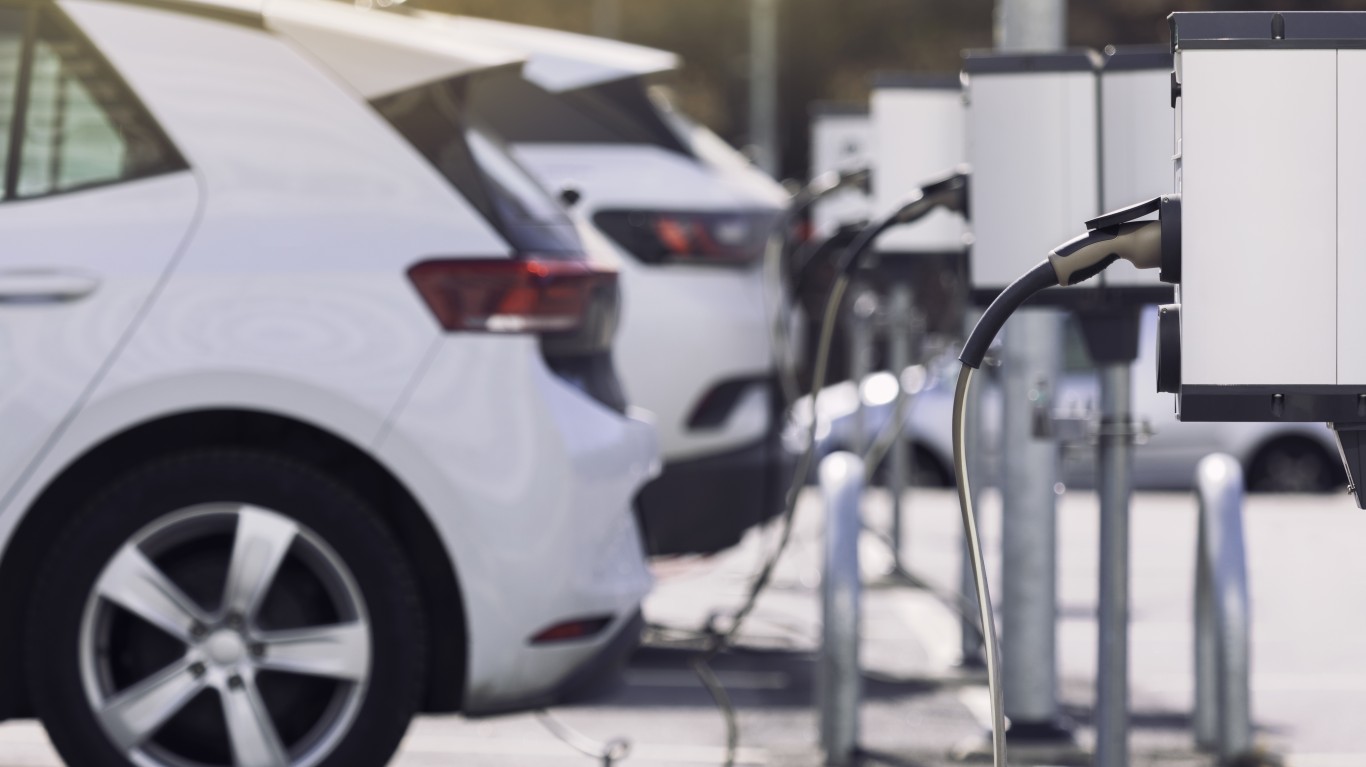
All-wheel drive is one of the most basic options for gasoline-powered SUVs. Most electric SUVs don’t even offer AWD as an option. Even if the option is available, it’s likely intended to provide traction control rather than any off-road capability. The trade-off for an electric AWD SUV is range.
Tesla Model Y Long Range

- Type: Luxury AWD electric
- Base price: $43,990 (2023 price)
- Edmunds range estimate: 317 miles
- Edmunds rating: 8.1 out of 10 (3rd in category)
Lexus NX 450h+

- Type: Luxury Plug-in hybrid (PHEV)
- Base price: $58,655 (2023 price)
- Combined city/highway MPG: 36
- Edmunds rating: 7.5 out of 10 (3rd in category)
Are You Still Paying With a Debit Card?
The average American spends $17,274 on debit cards a year, and it’s a HUGE mistake. First, debit cards don’t have the same fraud protections as credit cards. Once your money is gone, it’s gone. But more importantly you can actually get something back from this spending every time you swipe.
Issuers are handing out wild bonuses right now. With some you can earn up to 5% back on every purchase. That’s like getting a 5% discount on everything you buy!
Our top pick is kind of hard to imagine. Not only does it pay up to 5% back, it also includes a $200 cash back reward in the first six months, a 0% intro APR, and…. $0 annual fee. It’s quite literally free money for any one that uses a card regularly. Click here to learn more!
Flywheel Publishing has partnered with CardRatings to provide coverage of credit card products. Flywheel Publishing and CardRatings may receive a commission from card issuers.
Thank you for reading! Have some feedback for us?
Contact the 24/7 Wall St. editorial team.
